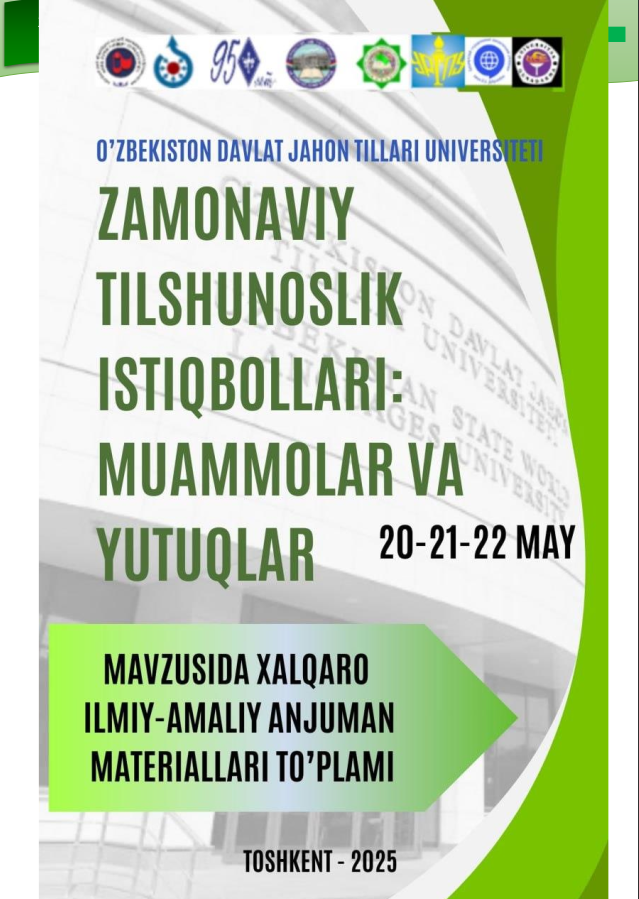LANGUAGE LEARNER IDENTITY, MOTIVATION, AND INVESTMENT: A CASE STUDY OF TWO UZBEK STUDENTS
https://doi.org/10.5281/zenodo.15590358
Kalit so‘zlar
second language acquisition; learner identity; intrinsic motivation; extrinsic motivation; language investment; Uzbek learnersAnnotasiya
This article explores the language-learning experiences of two adult Uzbek women, Anvara and Rakhima, foregrounding identity, motivation, and investment within Second Language Acquisition (SLA). It shows how social background, gender, learning style, and personal circumstances shape their language learning process. Drawing on the frameworks of Darvin & Norton and Dörnyei, the paper analyses each learner’s strengths and weaknesses and outlines implications for teaching practice.
Foydalanilgan adabiyotlar ro‘yhati
Clement, R., & Gardner, R. C., & Smythe, P. C. (1977). Motivational variables in second language acquisition: a study of francophones learning English. Canadian Journal of Behavioural Science, 9, 33-123.
Crookes, G. & Schmidt, R. W. (1991). Motivation:reopening the research agenda. Language Learning, 41, 469-512.
Dornyei, Z. (1998). Motivatin in second and foreign language learning. Language Teaching, 31, 117-135.
Krashen, S.D. (1985). The input hypothesis: Issues and implications. Longman Group UK Ltd.
Lyster, R. & Ranta, L. (1997). Corrective feedback and learner uptake. SSLA, 20, 37-66.
Munoz, C. (2019). A new look at "age": Young and old L2 learners. In Schwieter, J. W., & Benati, A. (Eds.), The Cambridge handbook of language learning (pp. 430-450). Cambridge University Press.
Norton, B., & Darvin, R. (2021). Investment and motivation in language teaching: What is difference? Language Teaching, 1-12.
Norton, B.,& Toohey, K. (2011). Identity, language learning, and social change. Language Teaching, 44 (4), 412-446.

